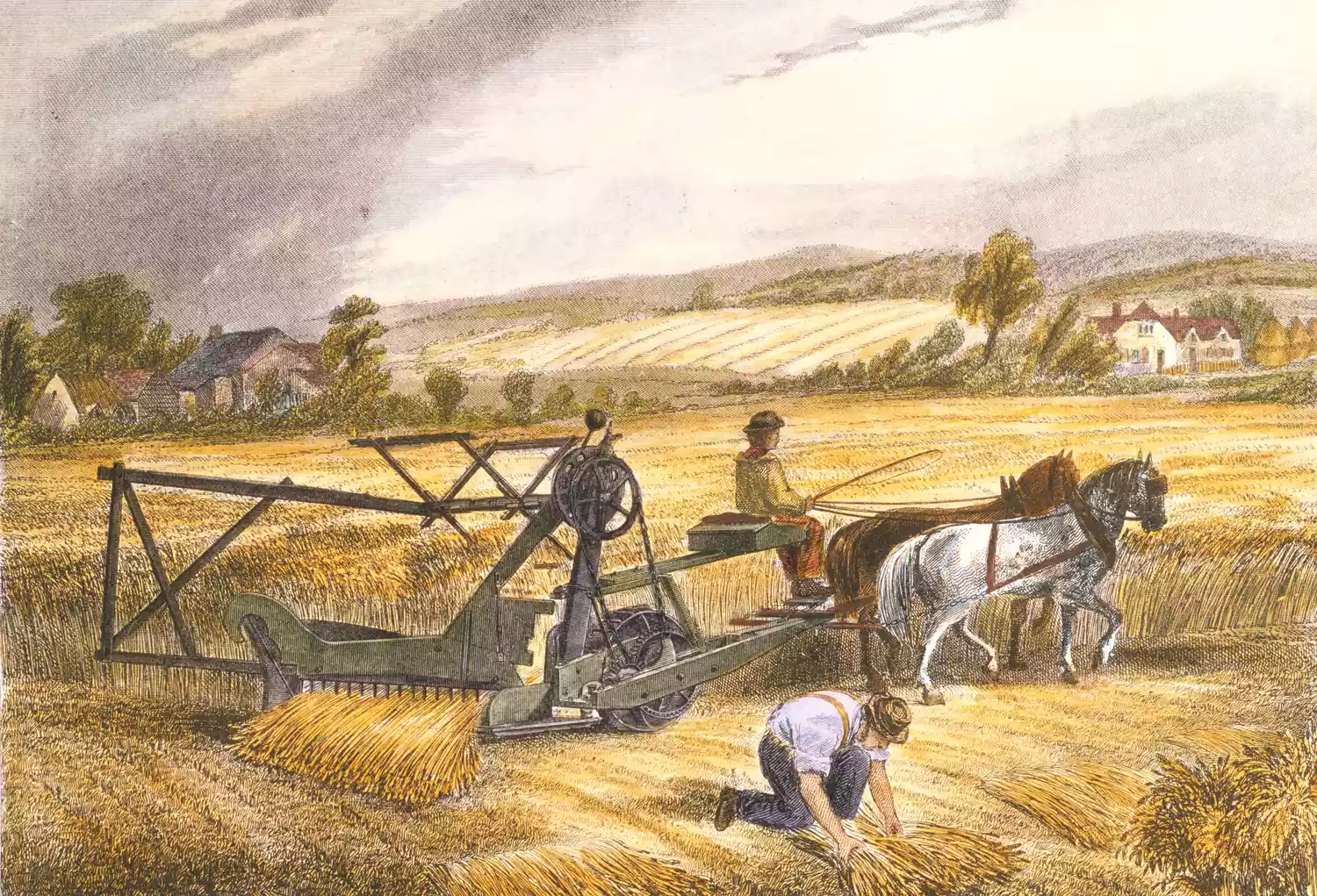Mini Paddy Combine Harvester for Efficient Rice Farming and Harvesting Solutions
The Paddy Mini Combine Harvester Revolutionizing Rice Farming
In the world of agriculture, efficiency and productivity are paramount. As global populations continue to rise, so does the demand for staple crops like rice. Traditionally, the process of harvesting rice has been labor-intensive and time-consuming. However, innovations in agricultural machinery, such as the paddy mini combine harvester, are transforming the landscape of rice farming.
The paddy mini combine harvester is a compact, versatile machine designed to streamline the harvesting process for rice farmers, particularly those operating in small to medium-sized fields. This machine combines several functions—cutting, threshing, and collecting—into one seamless operation. Farmers no longer need separate equipment for each task, which not only saves time but also decreases labor costs significantly.
One of the primary advantages of the mini combine harvester is its size. Unlike traditional combine harvesters, which can be large and cumbersome, the mini variant is designed to navigate smaller fields and tighter spaces with ease. This is especially beneficial in regions where rice is cultivated in small plots or where farmers practice intensive farming techniques. The reduced weight and size of the machine allow it to access areas that larger harvesters cannot, ensuring that farmers can maximize their yield without leaving behind any crops.
Moreover, the mini combine harvester is equipped with advanced technology that enhances its efficiency. Many models come with features such as GPS guidance systems, which improve accuracy during harvesting and reduce losses that typically occur with manual harvesting. Modern mini combine harvesters are also designed to minimize damage to the rice grains, preserving their quality, which is crucial for both marketability and consumption.
paddy mini combine harvester

In addition to improving harvesting efficiency, the adoption of mini combine harvesters can lead to better economic outcomes for farmers. By reducing the time spent on harvesting, farmers can allocate their labor and resources to other critical aspects of their operations, such as planting or pest management. The initial investment in a mini combine harvester can be quickly amortized through savings on labor costs and improved harvest quality.
Furthermore, the environmental impact of using a mini combine harvester is another important consideration. Traditional harvesting methods often involve burning the straw left in the fields, which can contribute to air pollution and harm ecosystems. The mini combine harvester collects straw and other residues, allowing farmers to use this material for mulching or composting instead of burning, thus promoting sustainable farming practices.
Nonetheless, the transition to mechanical harvesting does present challenges. Initial costs can be a barrier for smallholder farmers, particularly in developing regions where access to financing may be limited. However, various governments and NGOs are beginning to recognize the benefits of mechanization and are offering subsidies, loans, or cooperative purchasing programs to help farmers invest in this technology.
Training and education are also critical in ensuring that farmers can operate these machines effectively. Many manufacturers offer training sessions as part of their sales, which helps farmers understand the operational nuances of the equipment, ensuring they can maximize its potential.
In conclusion, the paddy mini combine harvester is a game-changer for rice farming, particularly for small to medium-sized operations. It combines efficiency, economic benefits, and sustainability, making it an attractive alternative to traditional harvesting methods. As more farmers adopt this technology, we can expect to see a significant increase in rice productivity, contributing to food security and agricultural sustainability in the years to come. With continued support and education, the paddy mini combine harvester can help usher in a new era in rice farming, where efficiency meets sustainability.
Latest news
-
When to Upgrade Your Old Forage HarvesterNewsJun.05,2025
-
One Forage Harvester for All Your NeedsNewsJun.05,2025
-
Mastering the Grass Reaper MachineNewsJun.05,2025
-
How Small Farms Make Full Use of Wheat ReaperNewsJun.05,2025
-
Harvesting Wheat the Easy Way: Use a Mini Tractor ReaperNewsJun.05,2025
-
Growing Demand for the Mini Tractor Reaper in AsiaNewsJun.05,2025
